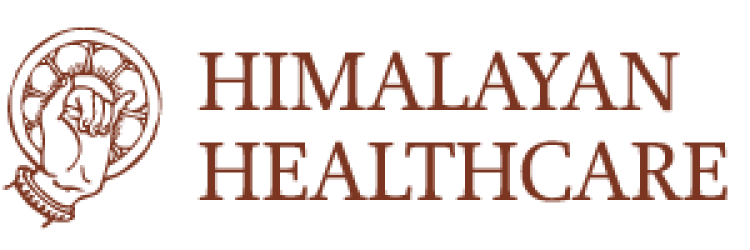Our Partner and Projects
Our Partnership

One Home One Toilet
Open defecation has been a major health concern in the Ruby Valley and many parts of the world. HHC hopes to make the Ruby Valley open defecation free by helping families to build their own toilets. HHC provides vouchers to families for materials such as a tin roof and door, cement, and a squat toilet seat. Owners of the toilets have felt that having their own toilet decreased how often they got sick and provided them with much more privacy and dignity when using the toilet.
Illam Hospital Construction
In 2004, HHC opened the Megn Bahadur Parajuli Community Hospital. The hospital is supported through service fees and donations from the local population and since starting, has been turned over to the local community to run. The hospital is located in a region of approximately 400,000 people who before were only served by one physician at a government hospital. The hospital gives the population access to 24-hour care, basic surgery, radiology, dental and optometry services, and many other basic healthcare needs.
Tipling & Sertung Health Posts
In order to provide more accessible healthcare to the rural population in the Ruby Valley, HHC has constructed several health posts including those in Tipling and Sertung. The health posts are simple clinics that employ several village members and sometimes people from outside the village. Usually, there are a few nurses, a midwife, and a physician with the capability to provide basic primary healthcare. They also help run initiatives to improve practices like hand washing.
Agricultural Training for Female Farmers
HHC has started a campaign to empower women farmers from Sertung. They provide several trainings about how to diversify the things the women can grow and how they can support themselves and a business. The farmers are brought to a government farm in Lumle for 3 days of classes taught by agricultural scientists about animal care, gardening practices, seed varieties, making organic pesticides and fertilizers, and much more.
Student Stipends
HHC believes that education is an intricate part of public health and wants the people of Ruby Valley to be as educated as possible. As part of this, they have decided to start funding schooling costs for a select amount of students. The students are selected during 3rd grade and are given a small stipend every month to help with books, uniforms, and anything else the family might need as an incentive for children to stay in school. The students selected are typically promising students with certain socioeconomic statuses that may cause them to stop attending school in favor of starting their own families or starting working.
Smokeless Stoves
The smokeless stove project is a newer HHC project that is trying to impact the health of the people of the Ruby Valley. In a typical home in Sertung and neighboring villages, the family cooks on an open fire inside the home. The open fire causes a lot of smoke which can lead to health issues. HHC has developed an inexpensive way to make stoves with a chimney and local materials. The chimney expels the fumes from the fire providing a safer environment for the family.
Lapa High School Construction
In the Ruby Valley there are only a few schools available to the children and depending on which village you live in you may only have a primary school or a secondary school within reasonable walking distance. A lot of children must hike an hour or more in order to get their school and the travel time can be a deterrent to continuing one’s education. HHC believes education is an important part of public health and pushes for children to reach the highest level of education they can. HHC decided to build a high school in the village of Lapa so that the children of Lapa would have better access to a school.
One Home One Kitchen Garden
For most of the history of the Ruby Valley, people ate primarily corn, millet (a type of grain), and potatoes. In recent years, HHC has introduced many new crops to the area such as tomatoes, onions, garlic, cucumbers, and peppers. HHC hopes to help every family start their own kitchen garden to grow a more diverse diet with organic methods. When families are able to grow their own vegetables they eat more and healthier. When they make their own organic compost and pesticide they save money and protect their health. In the future, HHC hopes that people of the Ruby Valley can package and sell their organic products to people in Kathmandu and other parts of Nepal.
Midwife Training
Every year HHC selects 3-5 women from either Sertung, Lapa, Tipling, or Borang (villages in the Ruby Valley) to enter a midwife training program. HHC houses the women at their office in Kathmandu while they complete their courses and pays for their living expenses and tuition. After the women have successfully completed their training they go back to their respective villages to work as midwives. This gives the women an opportunity to make money and improves the health outcomes of the rest of the village.

